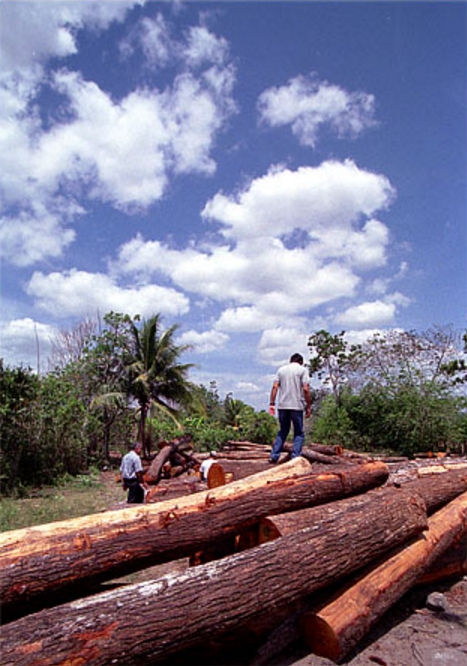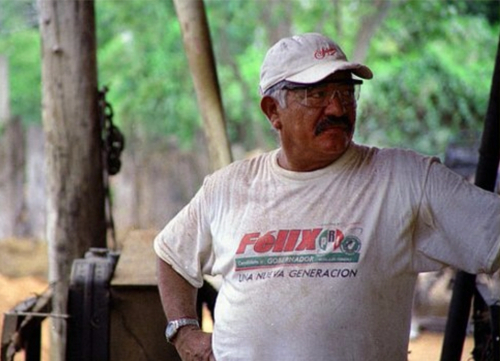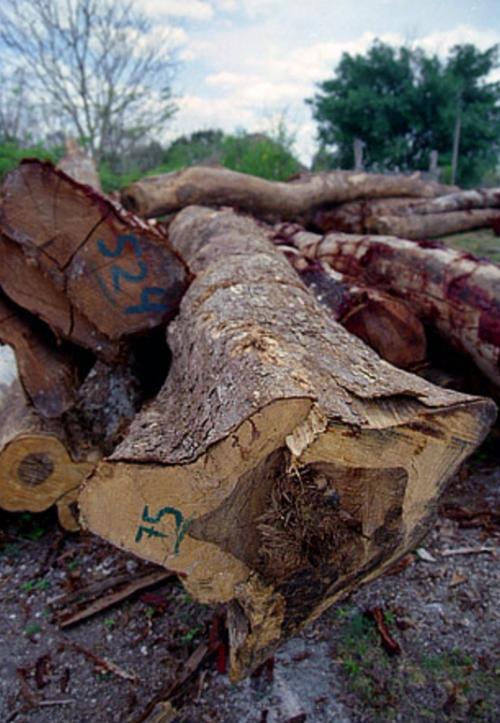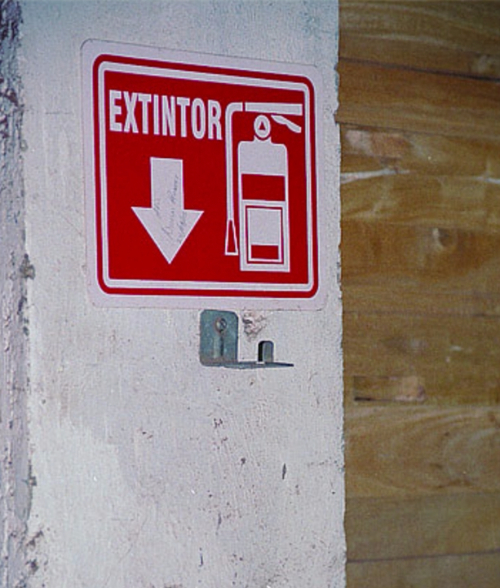FREE SHIPPING ON USA ORDERS OVER $150
FREE SHIPPING ON USA ORDERS OVER $150
April 12, 2016 0 Comments
We think a lot about the products we craft. We also think about the origins of the wood we use to create them. We wonder about the forests around the world that supply us with that wood, the mills where those trees are cut and dried, and the people who do the work, from start to finish.

- A millworker walks a stack of logs in Quintana Roo, Mexico. By Mark Stephens.
With the exception of our hard maple, which grows here in the United States, we use tropical hardwoods to make our utensils. Why? Because, true to their name, tropical hardwoods are just that... hard woods. This means they’re durable, and strong—the best woods we could possibly choose to craft tools and cutting boards that will last a lifetime, or longer. We source our tropical hardwoods from a lumber mill called World Timber Corp in North Carolina. The mill’s owner, Joe Steinbach, and his partner, Matt Westmoreland, have high standards. For about six weeks of each year, they travel the world, visiting the sawmills that provide them with lumber and working with the millworkers to cut it to their specifications. Once that lumber makes it to North Carolina, it’s kiln-dried. Brad’s orders—of bloodwood, jatoba and Mexican ebony, mostly—arrive by semi-truck to the Earlywood studio north of Red Lodge. The studio has no loading dock, so Brad uses an engineer’s ingenuity combined with the help of a tree, some chain, a tow strap, and some crossed fingers to unload the freight. (The last delivery weighed about 7,000 pounds, to give you an idea of the task at hand.) Brad then spends the larger part of a day stacking it in the studio. After a good night’s sleep, he begins, once again, to turn those pieces of roughsawn hardwood into beautiful kitchen tools for the rest of us to use and enjoy.

- Some of our products, made from Mexican Ebony
But where does that wood come from, really? Before it’s loaded onto the delivery truck in North Carolina? Where does it grow? How is it harvested and who, for that matter, harvests it?

- This guy harvests it! Mill boss, Quintana Roo. By Mark Stephens.
Let’s take a look at Mexican ebony, which we use to make many of our products. Also known as Katalox (pronounced “cat-ah-losh”) and Mexican royal ebony (although it isn’t a true ebony), its scientific name is Swartzia cubensis. Not only is Mexican ebony related to the chickpea, it’s known for being an outstanding “tonewood,” which means it has good tonal properties. Between this and the decline of ebonies traditionally used in the production of stringed instruments, Mexican ebony is becoming a wood of choice for luthiers worldwide. At 3660 on the Janka hardness scale (compared to 480 for our neighborhood pine, the lodgepole, for example), Mexican ebony is strong and tough. This means it’s essentially waterproof and about unbreakable, making it a great choice for kitchen utensils and cutting boards…as well as guitars. Typically dark brown to black with hints of purple and, occasionally, edges of creamy, golden sapwood (the living, outermost part of a tree’s trunk, branch or stem), Mexican ebony is a treat for the eyes. It’s a tropical hardwood. This means, obviously, that it grows in the tropics—in southern Mexico, Central America, and northern South America, specifically.

- The Quintana Roo region of the Yucatan Penninsula (where Earlywood's Katalox is grown
The particular mill that supplies Katalox to World Timber Corp, then to Earlywood is a great example of sustainable forestry. The local community was given a large parcel of forested land by the Country of Mexico. This land is divided into 20 different sections. Only one of the 20 sections can be harvested each year and then, only certain types of trees that are a certain minimum diameter are harvested from that section. This guarantees work and future work for the local people.
Mark Stephens, operations manager at Woodworkers Source in Scottsdale, Arizona, has an interesting perspective on the cutting and milling of tropical hardwoods, including Mexican ebony. About 10 years ago, Mark visited lumber mills in the jungles of Quintana Roo on Mexico’s Yucatán Peninsula.

- A Mexican Ebony tree, ready for rough sawing
In his blog post, “Sawmills of the Yucatán”, Mark wrote, “Something I've learned about the exotic wood business is that the woodworking community has little clue as to what goes into producing lumber from trees. The work is immense, and often highly unsafe. On top of it, the work takes place outside in extreme humidity and heat. They don't have luxuries like forklifts to lift bundles of wood at a time, either. We're talking about a lot of heavy, tedious, work-by-hand.”

- Safety in the mill Mark visited was not the top priority
Mark’s blog includes an extraordinary selection of photos from his visits to the region’s sawmills and furniture studios. His post also expounds on the notion of selling imported hardwood lumber “as an act of conservation.” It makes for an interesting read, to say the least.
Many thanks to Mark for allowing us to use his photos.

